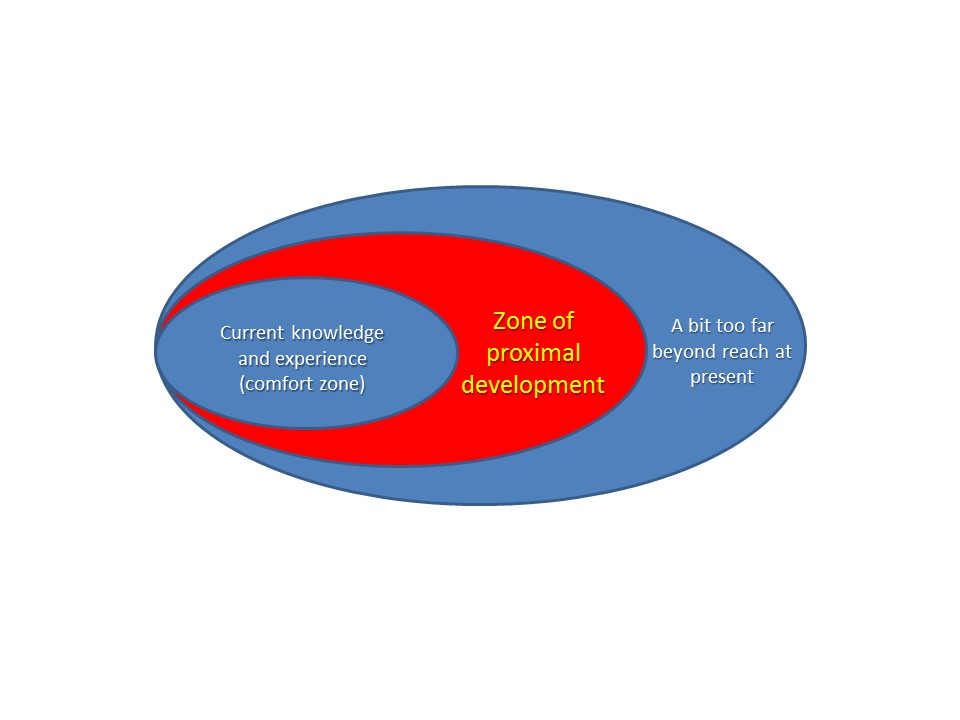Today we got the opportunity to visit the Pacific School of Innovation and Inquiry. Jeff Hopkins is the founder of PSII and it’s been open since 2013.
“The Pacific School of Innovation and Inquiry is Victoria’s newest high school (Grades 9 to 12), offering a truly personalized education. Through a formal inquiry process, learners at PSII (we pronounce it “sigh”) develop interdisciplinary pathways leading to learning activities that take them through a curriculum all their own, while also meeting or exceeding BC graduation requirements.”
learningstorm.org
It’s really neat as the students can have more than one inquiry going on at the same time and they come to school for 6 hours each day and they are not expected to do work outside of class time unless of course they want to. I was very curious about how these students will meet the BC curriculum standards as the learning process is very different from that of the high school structure I am used to; if the teachers notice the students aren’t inquiring about a specific topic (such as math), the teachers will “nudge” those students to look into math type questions. It’s very fascinating! Inquiry is a great to use in a classroom and start with wonderings………
- PSII-Inquiry-Explainer.mp4
- Resources about the school: https://humanlearninginstitute.ca
- Competency Assessment Framework: https://humanlearninginstitute.ca/wp-content/uploads/2019/04/competency-indicators-2018-19-ALL_UPDATED.pdf
- Sample inquiry guid: https://humanlearninginstitute.ca/wp-content/uploads/2019/04/PSII-inquiry-guide-sample.pdf
- Blank sample template: https://humanlearninginstitute.ca/wp-content/uploads/2019/04/PSII-inquiry-guide-blank.pdf
The poster below was on one of the walls:

Our class is very fortunate that we had the chance to talk with Jeff as I know he’s a very busy guy! Our class asked A LOT of questions! After chatting with Jeff, we had the opportunity to explore the rooms and ask students questions. I chatted to a few of the students which was very neat experience.

The PSSI Approach
“Many years ago, the Russian psychologist, Vygotsky, coined the term, “zone of proximal development.” This zone is the place where a perfect balance is struck between challenge and ability for a learner. And it is, of course, different for each person. That is why at PSII we do not pretend that groups of learners will learn optimally from exactly the same activities at exactly the same time.”
Learningstorm.org
PSII
Subjects, courses, and classes
Subjects are segregated into separate courses/classes where BC curriculum is covered.Subjects are integrated; the BC curriculum+ is uncovered in interdisciplinary combinations.
Level of personalization
Courses are pre-designed for a batch of 20 to 30 students with some post-design differentiation after the fact based on student need/interest in some cases.Personal learning paths are co-created by learners and teachers. Intersection points and emerging needs/goals inform what is done individually and what is done in groups.
Curriculum design
Curriculum is built on “behavioural outcomes” where every student is asked to demonstrate the same learning behaviour. Some competencies are also referenced, but are lower on the hierarchy than the outcomes.Curriculum is built on personal curiosity through a close learner-teacher relationship, with room for occasional “nudges” by the teacher in to areas of learning the learner may not have thought of alone. Learning is based in valued human attributes, then competencies, then personal and universal learning goals.
How learners are grouped
Students are typically grouped by age/grade level. Classes are organized ahead of time and groupings do not change for a semester of a whole year.Learners are grouped when it makes sense in whatever configuration makes sense. Sometimes by interest, sometimes by similarity, sometimes by difference. Groupings are dynamic.
Learning environment
“Classrooms” are the main units of learning, so school buildings are organized into rooms of 20 to 30 to hold the average batch size. Some rooms are specialized but many are generic.Learners are the main units of learning, and so the school has micro-environments of many different shapes and sizes. Some areas are specialized, but almost everything is flexible.
Connection to the greater community
Schools try to offer hypothetical models within the school walls to allow students to demonstrate learning and skill development. Community-based projects are the exception.Learners are encouraged to develop real projects, based on their own inquiries, and to access the world outside for mentorship, modelling, ideas for future projects, and as a place for them to contribute to society.
Face-to-face or virtual?
Most high schools are either face-to-face or are based in a “distributed learning” model where students access learning via technology. Almost all face-to-face is with a teacher alone, and almost all virtual access looks a lot like correspondence courses, only on a computer screen.PSII learners will be in a hybrid environment by necessity. There is no substitute for face-to-face (at least 90% of what students will experience each day) when human relationships are valued, but because learners could be learning almost anything at any time, virtual experts will often comprise part of the resources learners will access.
Physical health
Physical education is taught in a gym, with team sports as the main method of providing physical activity. Everyone in a PE class usually does the same thing at the same time, regardless of experience, preference, body type, or health status.Learners will learn about a holistically healthy lifestyle, including physical health, and will co-create a physical health plan (and assess progress) with a teacher, but will experience it at the Victoria YMCA and other locations that best fit the personal learning goals.
Learningstorm.com
“Dive into Inquiry”- Trevor Mackenzie
Recent Comments